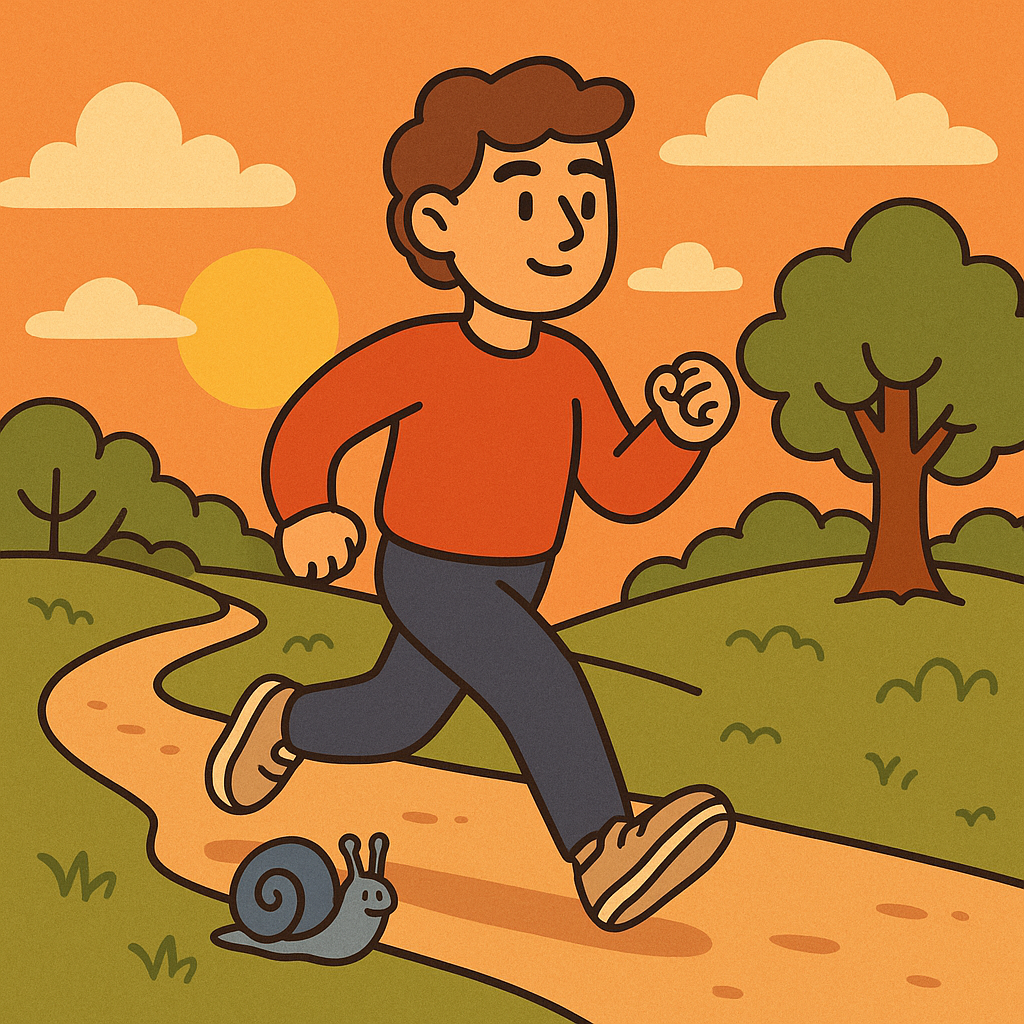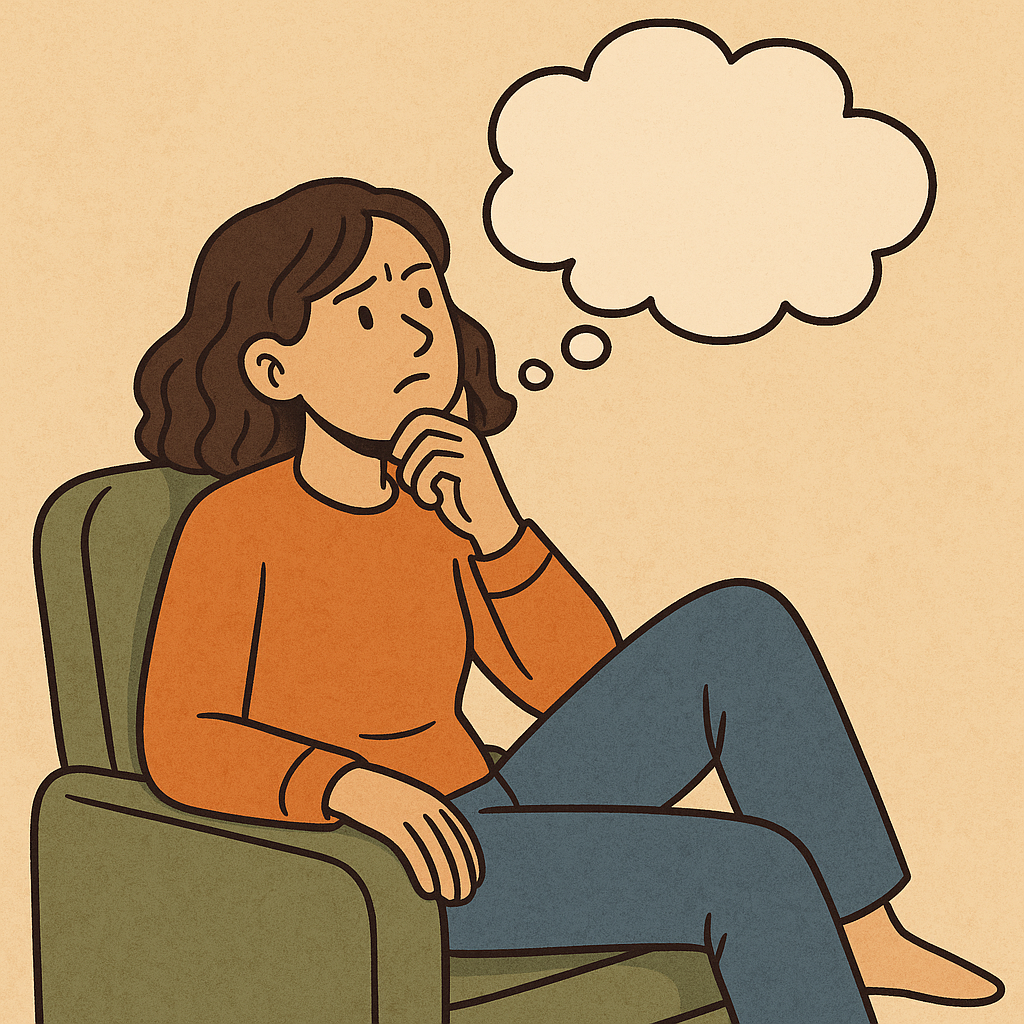The world now is best described as “faster is better.” Slowing down might seem counterintuitive—but slow productivity is proving otherwise. By working deliberately and limiting our task load, we’re not only avoiding burnout but actually speeding up real progress.

What Is Slow Productivity?
“Slow productivity” refers to focusing on fewer high-impact tasks, pacing work naturally, and prioritizing depth over quantity. Coined by Cal Newport and gaining traction across industries, it challenges the hustle culture’s equation of speed with success. This isn’t just feel‑good advice—it’s grounded in cognitive science and workplace studies.
Why Slowing Down Accelerates Results
1. Eliminating Cognitive Overload
Studies show multitasking slows task-switching speeds and degrades memory accuracy . By focusing on one project at a time, you reclaim mental clarity, improving performance and reducing errors.
2. Enhancing Work Quality
Slow productivity emphasizes quality over quantity: doing fewer things, at a natural pace, obsessing over excellence. This mindset frees time for iteration, review, and refinement—leading to better final work.
3. Preventing Burnout
Big trials like Iceland’s 35-hour week showed sustained or improved productivity, and vastly better well-being. When stress decreases, focus and creativity flourish.
Slowing Down in the Real World
Cal Newport’s Three-Guideline Framework
- Do fewer things – Limit projects to 2–3 active items.
- Work at a natural pace – Schedule intense focus with periodic breaks.
- Obsess over quality – Prioritize depth and excellence in output.
5 Practical Steps to Implement Slow Productivity
- Time‑block deeply: Allocate 60–90 minutes for core tasks and remove distractions.
- Use “active” vs. “pending” lists: Follow Newport’s pulling system—only pick new tasks from “pending” once active ones finish.
- Schedule micro‑breaks: The Pomodoro method or 10‑minute walks boost focus and energy.
- Turn off notifications: Disable email alerts to reduce attention disruption .
- Negotiate expectations: Communicate realistic timelines and deliverables—this builds trust and minimizes pressure.
Benefits You’ll Notice Quickly
- Improved Output – Fewer mistakes, deeper work, and more polished results.
- Reduced Stress – Better work-life boundaries, less burnout.
- Stronger Focus – Clearer thinking and more creative insights.
Workers report feeling more energized, less overwhelmed, and accomplishing meaningful work rather than busywork .
Slow Productivity & The Future of Work
Four‑Day Workweeks
Iceland’s reduced-hours experiment showed no loss of productivity—workers achieved less burnout with the same (or better) results .
In Japan, Microsoft’s four-day pilot led to a 40% productivity increase and 23% lower costs . These moves mirror slowing down principles by reducing busyness and creating focus.
Integration with AI
By focusing deeply, professionals can better oversee AI-generated work—spotting errors, maintaining creativity, and ensuring quality. Slowing down helps define the strategic, high-value role humans still play.
Real Voices: Why Slow Productivity Works
From Reddit’s productivity forum:
“Slow productivity doesn’t require you to denounce ambition. … It provides a more sustainable path to producing useful things.”
From Georgetown University’s profile:
“People who embrace slowing down produce better work, which is, in the end, what matters to colleagues and clients.”
These perspectives show that’s not a lack of ambition—it’s a more intelligent way to channel it.
Who Should Try Slow Productivity?
- Knowledge workers juggling multiple projects and emails
- Creative professionals needing mental space for ideation
- C-level executives balancing strategic tasks with decisions
- Students and lifelong learners aiming for deeper focus
If your day feels like juggling tasks with no finish line, slowing down could be a game-changer.
Final Takeaways
- Slowing down doesn’t slow you—it helps you sprint where it counts.
- Backed by studies and real-world experiments, slow productivity boosts performance and well-being.
- You can start small: block time, power down notifications, tackle fewer tasks.
- Over time, this builds deeper work, bigger impacts, better lives.
References
Chang, C. & Groeneveld, R. (2018). Slowing down to speed up. McKinsey & Company. Retrieved from https://www.mckinsey.com/capabilities/people-and-organizational-performance/our-insights/the-organization-blog/slowing-down-to-speed-up
Blankson, A. (2022). The rise of the “slow productivity” movement. Forbes. Retrieved from https://www.forbes.com/sites/amyblankson/2022/10/24/the-rise-of-the-slow-productivity-movement/
Monitask. (2024). What is slow productivity? Retrieved from https://www.monitask.com/en/business-glossary/slow-productivity






